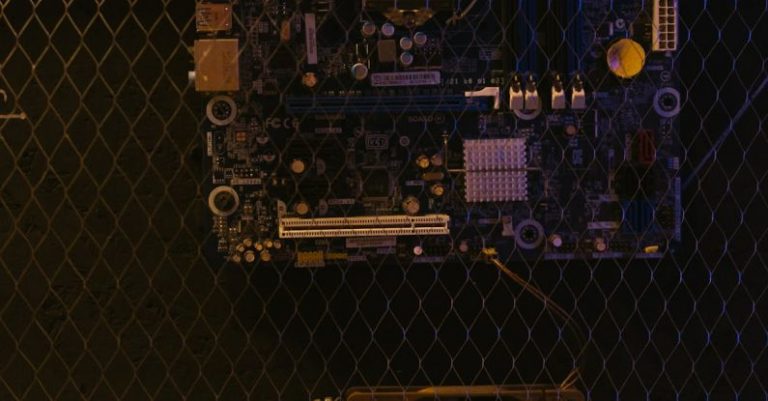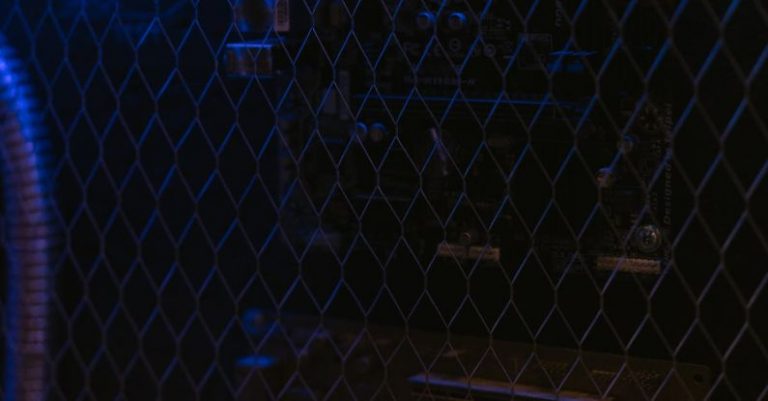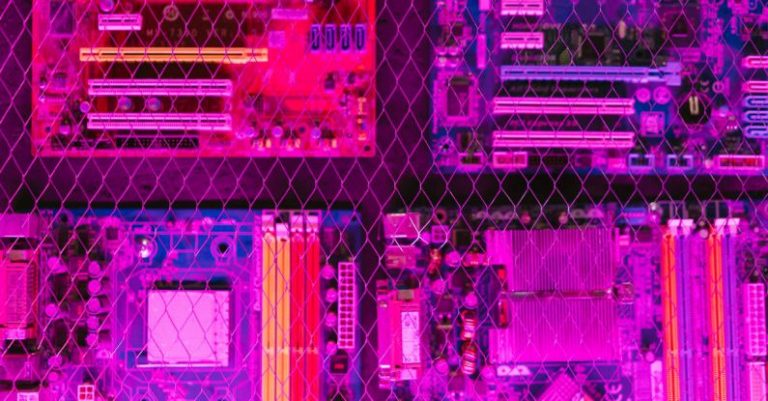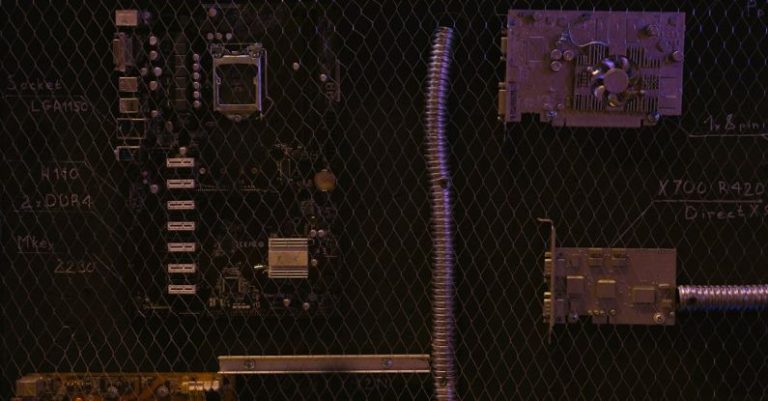
In the fast-paced digital era we live in, the integration of technology has become a crucial aspect of various sectors, including education, business, healthcare, and more. While technology offers numerous benefits and opportunities, its integration comes with its own set of challenges that organizations and individuals must navigate. Understanding these challenges is essential to effectively harness the power of technology and drive innovation. Let’s delve into the key challenges of technology integration and explore how they impact different areas of our lives.
The Pace of Technological Advancements
One of the primary challenges of technology integration is the rapid pace at which new technologies emerge and evolve. As soon as organizations implement a new system or software, a newer, more advanced version may already be on the horizon. This constant cycle of innovation requires individuals and businesses to stay updated with the latest trends and continuously adapt to new technologies. Keeping pace with these advancements can be daunting, especially for those who are not tech-savvy or lack the necessary resources for frequent upgrades.
Compatibility Issues and Interoperability
Another significant challenge in technology integration is ensuring compatibility between different systems and devices. As organizations adopt multiple technologies to streamline their operations, they often encounter interoperability issues that hinder seamless data sharing and communication. Incompatibility between legacy systems and modern technologies can lead to data silos, inefficiencies, and increased risk of errors. Resolving these compatibility issues requires careful planning, investment in integration solutions, and collaboration between technology providers.
Cybersecurity Threats
With the increasing reliance on digital systems and online platforms, cybersecurity has emerged as a critical concern in technology integration. As organizations store sensitive data and valuable information in digital formats, they become vulnerable to cyber threats such as data breaches, ransomware attacks, and phishing scams. Protecting against these threats requires robust cybersecurity measures, including encryption, multi-factor authentication, regular security audits, and employee training. Ignoring cybersecurity risks can have severe consequences, including financial losses, reputational damage, and legal liabilities.
Resistance to Change
Resistance to change is a common challenge that arises during technology integration initiatives. Some individuals may be reluctant to adopt new technologies due to fear of the unknown, lack of training, or concerns about job security. Addressing resistance to change requires effective communication, stakeholder engagement, and comprehensive training programs to help users understand the benefits of technology adoption. By fostering a culture of innovation and providing support throughout the integration process, organizations can overcome resistance and drive successful technology implementation.
Cost and Resource Constraints
Cost considerations are another significant challenge that organizations face when integrating new technologies. Implementing and maintaining advanced systems can be expensive, requiring investments in hardware, software licenses, training, and ongoing support. Small businesses and non-profit organizations, in particular, may struggle to allocate sufficient resources for technology integration, limiting their ability to compete with larger enterprises. To overcome cost constraints, organizations can explore alternative funding options, such as grants, partnerships, and cloud-based solutions that offer scalability and cost-effectiveness.
User Training and Adoption
Ensuring user adoption and proficiency is essential for the successful integration of technology. Even the most advanced systems will not yield desired results if employees are not adequately trained to use them effectively. Providing comprehensive training programs, user-friendly interfaces, and ongoing support is crucial to empower users and maximize the benefits of technology integration. Organizations must prioritize user experience and engagement to drive adoption and facilitate a smooth transition to new technologies.
Innovative Solutions and Collaboration
To navigate the challenges of technology integration effectively, organizations must embrace innovation and collaboration. By fostering a culture of creativity and agility, businesses can adapt to changing technological landscapes and leverage emerging solutions to drive growth and competitiveness. Collaboration with technology partners, industry experts, and stakeholders can provide valuable insights and resources to overcome integration challenges and achieve strategic objectives.
Embracing a Future of Technology Integration
As we continue to embrace the opportunities and challenges of technology integration, it is essential to recognize the transformative power of innovation and digitalization. By understanding the key challenges discussed above and implementing proactive strategies to address them, organizations can harness the full potential of technology to drive efficiency, productivity, and innovation. Embracing a future where technology integration is seamless and sustainable will enable us to thrive in an increasingly digital world.





